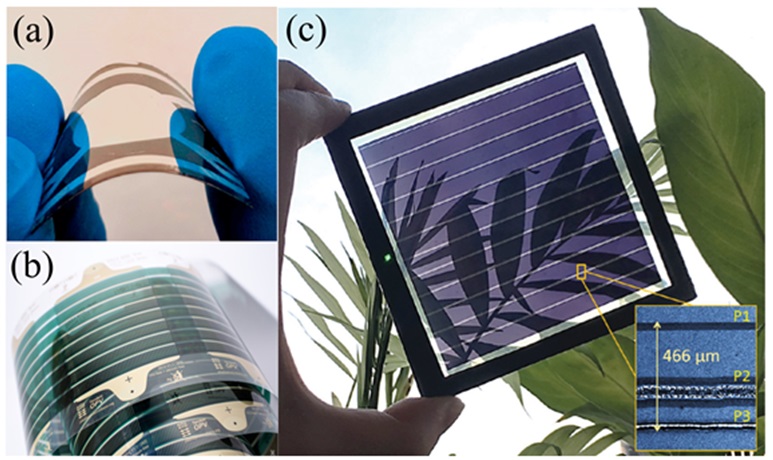A brief introduction to organic electronics: solar cells and transistors
Main Article Content
Abstract
Responsible innovation in developing countries should be part of the university culture. Global innovation processes during the last two decades envision a fast development in humanity with promising applications such as portable, wearable, implantable, and even compatible with biological systems and electronic devices. Innovation as a culture in other research and development centers has achieved successful and exciting advances in different organic electronic devices, such as organic light-emitting diodes, organic photovoltaic systems, organic field-effect transistors, sensors, and memories. Here, an updated review is carried out on the emerging and innovative field of organic electronics. The focus is to provide a clear introduction to the field while highlighting its advantages and disadvantages. Also included are two primary devices considered distinguished in organic electronics: organic solar cells and organic field-effect transistors. For each of the selected devices in this review, the state-of-the-art is addressed, the basic principle of operation is discussed, and examples are highlighted, which sets the point to innovative processes. Finally, a discussion is provided with the perspective for including an innovative field in the research culture of Ecuador.
Downloads
Article Details
Section

This work is licensed under a Creative Commons Attribution 4.0 International License.
Authors who publish in this journal agree to the following terms: Authors retain the copyright and guarantee the journal the right to be the first publication of the work, as well as, licensed under a Creative Commons Attribution License that allows others share the work with an acknowledgment of the authorship of the work and the initial publication in this journal. Authors may separately establish additional agreements for the non-exclusive distribution of the version of the work published in the journal (for example, placing it in an institutional repository or publishing it in a book), with acknowledgment of its initial publication in this journal. Authors are allowed and encouraged to disseminate their work electronically (for example, in institutional repositories or on their own website) before and during the submission process, as it may lead to productive exchanges as well as further citation earliest and oldest of published works.

